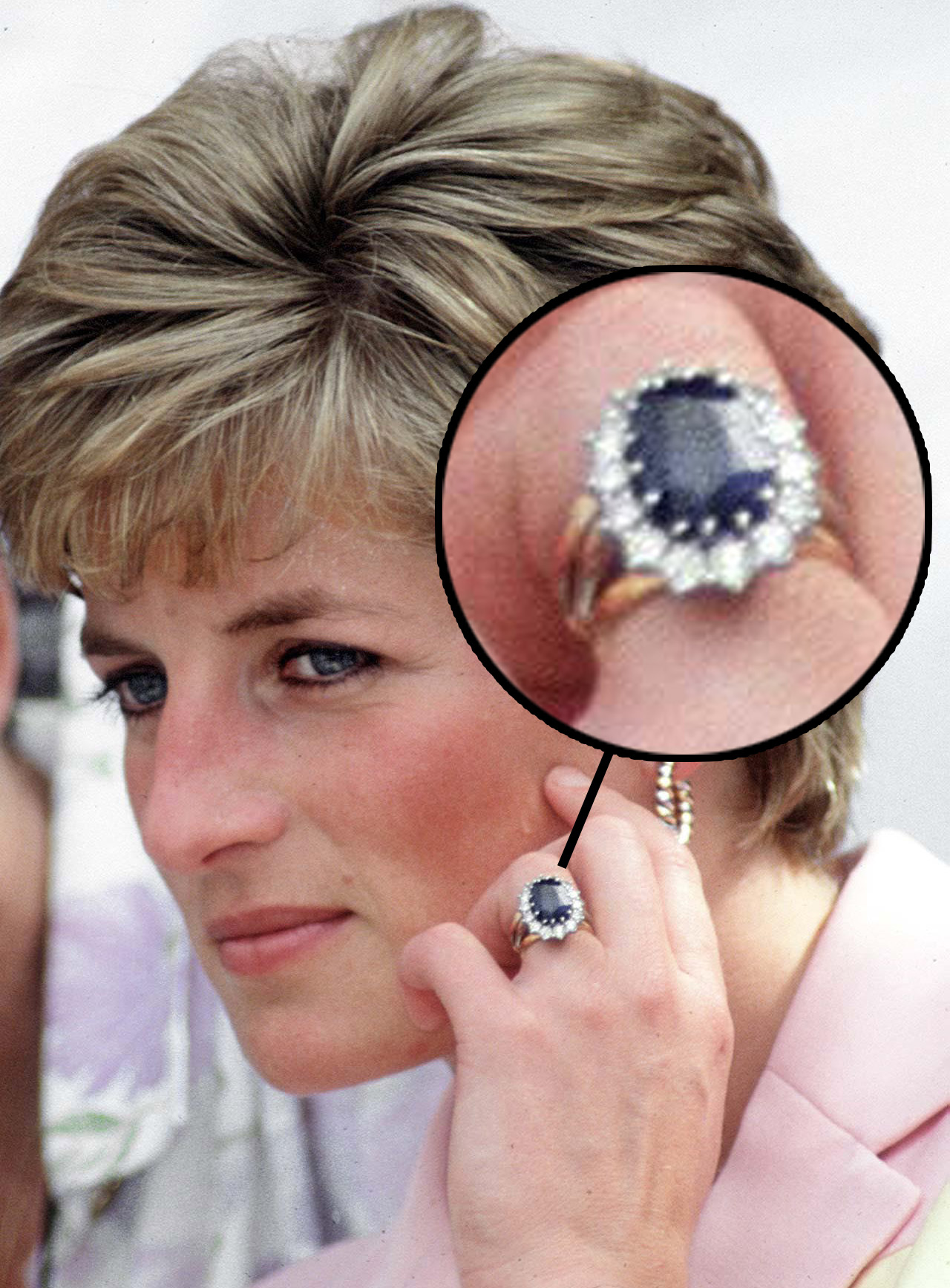
The exchange of engagement rings is an age-old tradition in many cultures, symbolizing love, commitment, and the promise of a future together. While this tradition is universally practiced, the way in which engagement rings are exchanged can vary greatly depending on cultural and royal customs. For Italian royals, the engagement ring is not merely a piece of jewelry but a symbol of heritage, elegance, and family tradition. From historic heirlooms to personal designs, the Italian royal engagement ring ritual is a carefully orchestrated event that carries both emotional significance and grandeur.
In Italy, the exchange of an engagement ring is seen as an important moment in a couple’s life, marking the beginning of their official union. However, for members of the royal family, this ritual is infused with layers of meaning that go beyond just love and commitment. Engagement rings for Italian royals are often steeped in history, handed down through generations, and sometimes even linked to the family’s most significant milestones. It is not uncommon for royal brides to wear a ring that was once worn by their mothers or grandmothers, making the ring a legacy piece that connects the present couple with the royal family’s rich lineage.
One of the key elements of the royal ring exchange is its exclusivity and craftsmanship. Italian royal engagement rings are typically designed by top-tier jewelry houses, with many pieces being custom-made to suit the bride’s personality and style while incorporating historical elements. These rings are often made with rare and precious gemstones, such as diamonds, sapphires, or emeralds, and set in exquisite metal bands like platinum or white gold. The design of the engagement ring often holds symbolic meaning, representing not only the bride’s tastes but also important aspects of the royal family’s values and heritage.
For Italian royals, the engagement ring exchange is a private affair but is usually followed by a public announcement. In some cases, the royal couple may choose to reveal their engagement to the public through a carefully planned press release, sometimes accompanied by a photograph of the bride-to-be showcasing her engagement ring. This public unveiling of the engagement ring serves as a symbol of the royal couple’s commitment to one another and invites the public to share in their joy. It also highlights the importance of the engagement ring as not just a personal token but a royal emblem recognized by the entire nation.
A fascinating aspect of the Italian royal engagement ring tradition is the involvement of both families in the selection and gifting of the ring. Unlike in many cultures where the engagement ring is typically given by the groom to the bride, in Italian royal circles, the selection of the ring can sometimes involve both families, particularly if the ring is an heirloom piece. This collaborative approach emphasizes the importance of family ties and the blending of two prominent lineages. It is not rare for a royal engagement ring to bear a family crest or emblem, further deepening its sentimental value and connection to the family’s history.
The exchange of engagement rings among Italian royals, while traditional, has evolved over time to reflect modern tastes and values. While certain customs remain firmly intact, royal couples today may incorporate their own personal preferences when choosing engagement rings. However, the essence of the ritual remains unchanged: the engagement ring is a powerful symbol of love, tradition, and continuity, an enduring bond that ties the couple to their families and to their royal legacy.
In conclusion, the royal engagement ring ritual in Italy is a deeply meaningful practice that blends history, family heritage, and personal love. From the design and selection of the ring to the moment of exchange, each step is imbued with centuries of tradition, and each ring tells a unique story of love and legacy. For Italian royals, the engagement ring is much more than a symbol of commitment—it is a connection to their past, present, and future.
